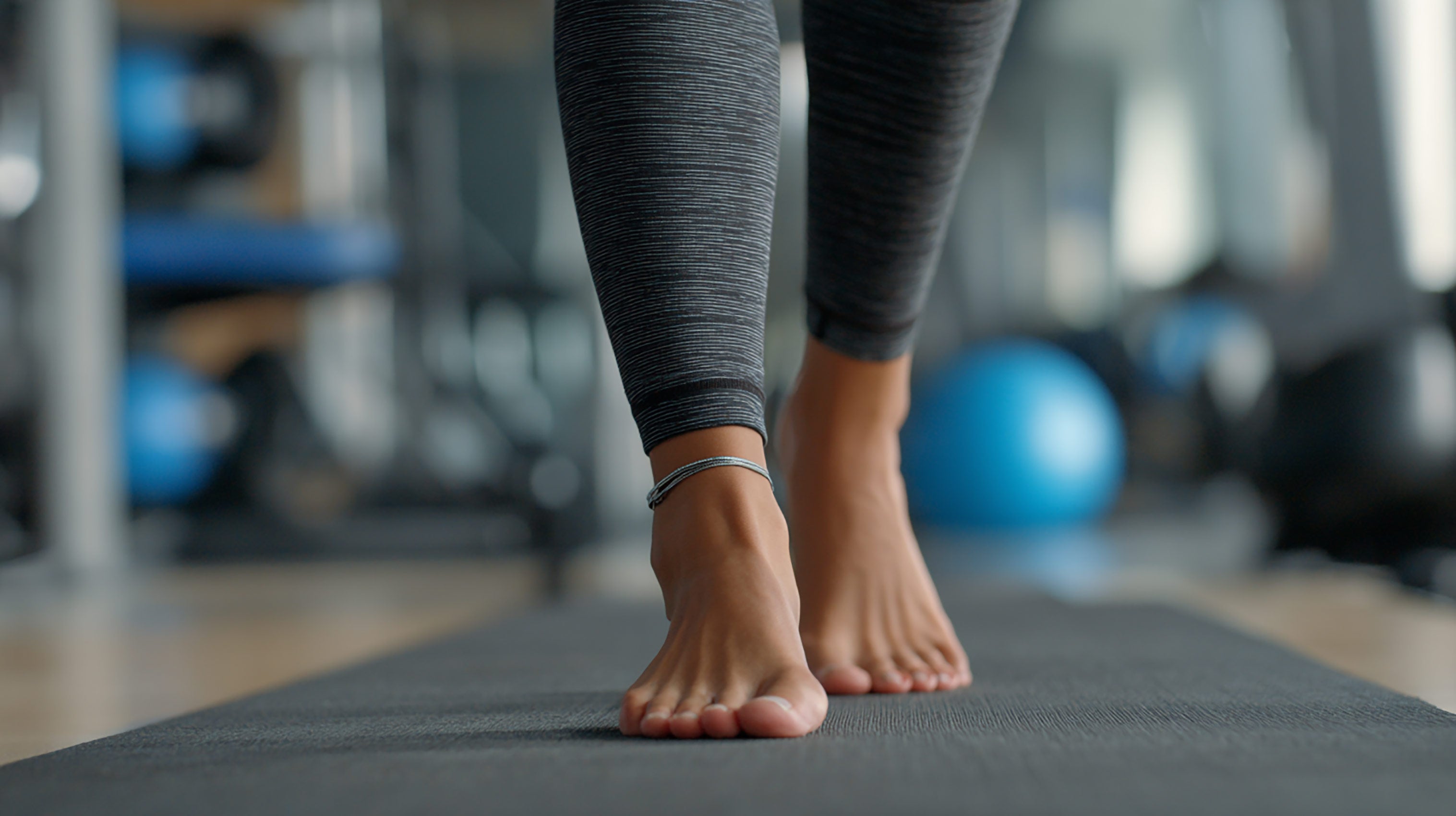
Best Exercises to Rebuild Arches in Flat Feet
If you’ve been diagnosed with flat feet or collapsed arches, you may experience discomfort, fatigue, or even chronic foot and leg pain. The good news? You can take proactive steps to rebuild foot strength and improve arch function—starting with targeted exercises designed to activate and support the muscles responsible for maintaining your arch.
At FootcareXpress, we understand the unique biomechanics of flat feet. Our podiatrists and pedorthists work with patients every day to relieve pain, improve stability, and prevent future complications through a blend of custom orthotics and effective exercise routines.
Below, we share six expert-recommended exercises to help strengthen your arches and reduce the symptoms associated with flat feet. With consistent practice and proper form, these exercises can promote better foot function and long-term comfort.
1. Arch Squeeze (Short Foot Exercise)
This foundational move activates the small muscles of the arch. Sit in a chair with both feet flat on the floor. Without curling your toes, try to shorten your foot by drawing the ball of the foot toward the heel, creating a lift in your arch. You’ll feel a tightening beneath the foot.
Hold for 15 seconds, then relax. Perform 3 sets of 10 repetitions per foot. To build better muscle awareness, place a small towel under your arch as tactile feedback.
2. Progressive Heel Raises
Heel raises strengthen the calves and intrinsic foot muscles. Stand barefoot with feet hip-width apart. Slowly rise onto your toes, keeping ankles aligned and avoiding any outward rolling. Pause at the top for 2–3 seconds, then lower slowly.
Start with 2 sets of 10 reps, working up to 3 sets of 15. As your strength improves, try this exercise on one foot at a time to further challenge balance and coordination.
3. Mindful Barefoot Walking
Walking barefoot—especially on soft, uneven terrain—naturally stimulates the muscles that support your arch. Begin with 5–10 minutes a day on surfaces like grass or sand. Focus on rolling through the entire foot with each step, from heel to toe.
Over time, gradually increase your barefoot walking duration to strengthen arch awareness, improve posture, and enhance natural foot mechanics.
4. Marble Pickups
This playful but powerful exercise trains toe grip and arch coordination. Place a bowl of marbles (or similar small items) on the floor and use your toes to pick them up one by one, transferring each into a second bowl.
Aim for 15 marbles per foot. If marbles feel too challenging initially, begin with larger objects like cotton balls or pom-poms and progress as your strength improves.
5. Plantar Fascia Stretch
This stretch relieves tension along the arch and heel. Sit with one ankle crossed over the opposite knee. Using your hand, gently pull your toes toward your shin until you feel a stretch in the sole of your foot.
Hold for 30 seconds and repeat three times on each foot. For best results, perform this stretch in the morning and after periods of standing or walking.
6. Standing Calf Stretch
Tight calves often contribute to flat feet by limiting ankle flexibility. Stand facing a wall, place one foot behind you, and lean forward into a gentle stretch. Keep your back leg straight and heel grounded.
Hold for 30 seconds, then bend your back knee slightly to stretch deeper into the lower calf. Repeat three times per leg, ideally twice daily.
Support Your Flat Feet—Every Step of the Way
Rebuilding arches takes time, consistency, and a commitment to proper foot care. Even if your arch doesn’t return fully, these exercises improve overall foot strength, reduce pain, and enhance functional movement.
When daily activity demands more than your bare foot can handle, custom orthotics from FootcareXpress provide the structural support you need. Our medical-grade insoles are digitally crafted to match your unique foot shape and biomechanics, offering relief, protection, and all-day comfort.
Whether you’re strengthening your feet at home or on your feet all day at work, combining targeted exercises with the right orthotic support leads to noticeable, lasting results.